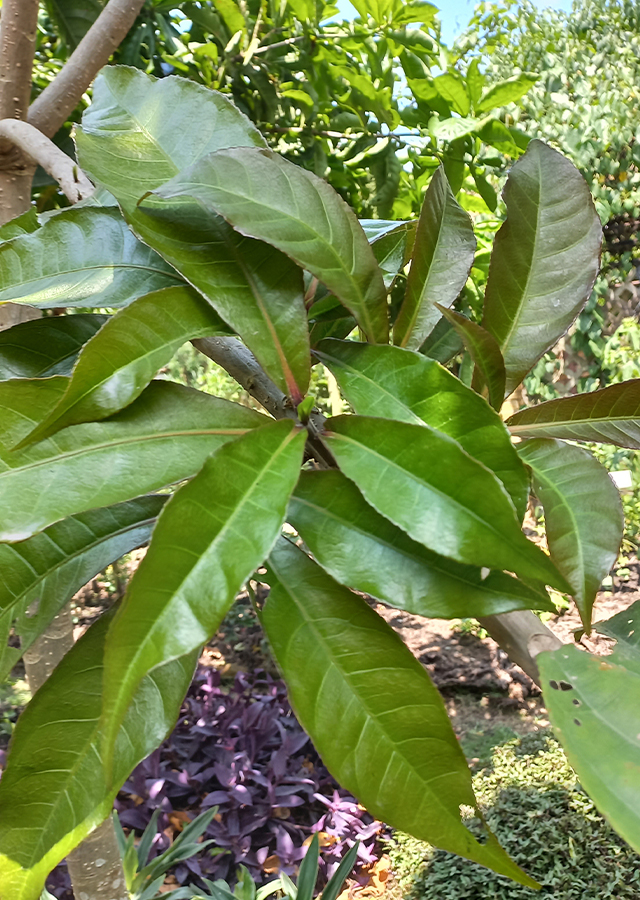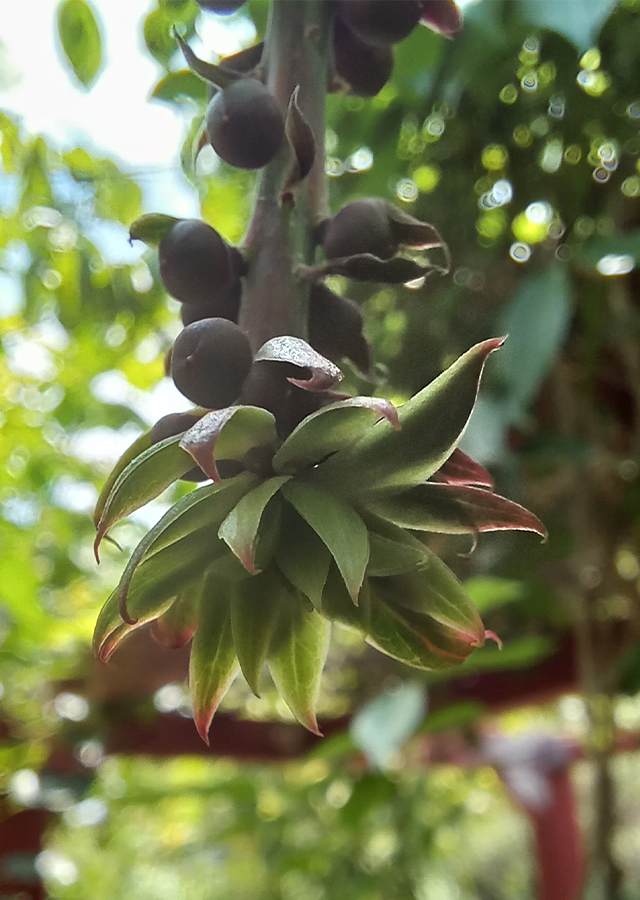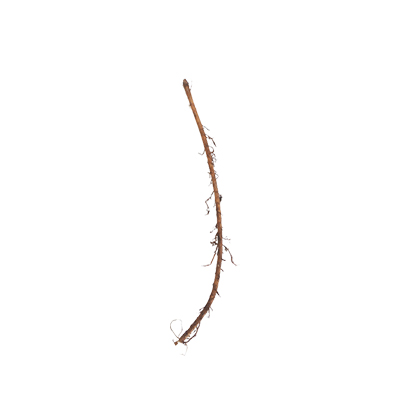Planchonia
Planchonia valida (Blume) Blume
Lecythidaceae
Location in our garden
Principal



Synonym
Gustavia valida (Blume) DC.
Pirigara valida Blume
Planchonia alata Blume
Habitus
Trees. An evergreen, large tree growing up to 56 m tall.
Part Used
Leaves
Bark
Roots
Growing Requirements
Full Sunshine
Need Shade
Habitat
Riverbanks
Forest
Mountains
Overview
Planchonia valida, its native range is Andaman and Nicobar Islands, Peninsula Thailand to West and Central Malesia. The young leaves are eaten locally, the plant also has some local medicinal uses and a valuable timber. Young leaves - eaten raw as a vegetable. Eaten as lalab (a vegetable salad served with sambal) with rice. The wood is locally used, it is very hard and close-grained, seasons well and takes a fine polish. The fruits are used as fishing baits.
Vernacular Names
Putat paya (Malaysia).
Agroecology
Occurs in undisturbed mixed dipterocarp forests up to 300 m altitude. Mostly on hillsides and ridges, but also along rivers and on alluvial sites. In secondary forests usually present as a pre-disturbance remnant tree.
Morphology
- Root - taproot system.
- Stem - straight, regular, bole up to 1.25 m in diameter. The wood is reddish brown with yellow speck.
- Leaves - alternate, simple, penni-veined, glabrous, toothed margin.
- Flowers - 40 mm diameter, white-pinkish-red, with many protruding stamens, flowers placed in short racemes.
- Fruits - 57 mm long, green, fleshy berry/capsule with several seeds.
- Seed - egg-shaped.
Cultivation
An emergent tree of undisturbed mixed dipterocarp forests at elevations up to 300 m. Mostly on hillsides and ridges, but also along rivers and on alluvial sites. In secondary forests usually present as a pre-disturbance remnant tree.
Chemical Constituents
Alkaloids, flavonoids, tannins, saponins, and steroids.
Traditional Medicinal Uses
- The bark is used as a treatment against skin disease.
- It is used to treat diarrhea, internal injuries, aches and pains, as blood booster, for stamina, a mixture of postnatal bath water, a mixture of cold powder to protect the skin from sun exposure.
Part Used
Reference Sources
- Asian Plantnet. (No date). Planchonia valida (Blume) Blume. https://asianplant.net/Lecythidaceae/Planchonia_valida.htm. 15-08-2022.
- Fern, Ken. (2021). Useful Tropical Plants: Planchonia valida. http://tropical.theferns.info/viewtropical.php?id=Planchonia+valida. 15-08-2022.
- ITTO. (No date). PlANCHONIA (Planchonia valida). http://www.tropicaltimber.info/specie/planchonia-planchonia-valida/. 15-08-2022.
- Kew Royal Botanic Gardens. (No date). Plants of the World Online: Planchonia valida (Blume) Blume. https://powo.science.kew.org/taxon/urn:lsid:ipni.org:names:600600-1. 15-08-2022.
- Susiarti, S. (2016). Planchonia valida (PROSEA). https://uses.plantnet-project.org/en/Planchonia_valida_(PROSEA). 15-08-2022.


